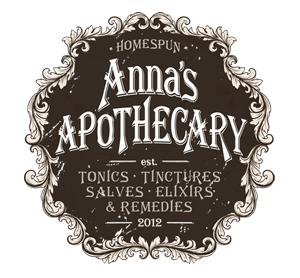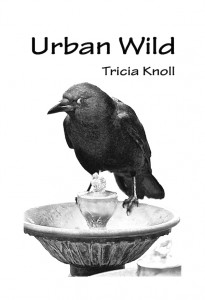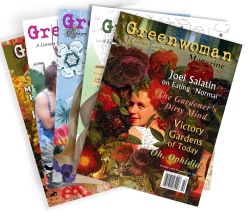The Complete Book of Garden Magic by Roy E. Biles (1888-1941), first published in 1935, is an American garden writing classic. It might be a little out of date as far as the how-to (evidenced by the above amusing illustration championing the now known to be simplistic and ecologically damaging NPK way of feeding plants) but I went ga-ga over the vintage design.
I also loved Biles’ Intro:
“There is magic in the garden. I cannot create a daffodil in all its color and grace. No man can. I do not know how a daffodil is created. Yet each spring thousands and thousands of them are seen dancing in our gardens. There is law in the garden. It is the law of creation. If we follow that law we deal in magic. We cannot see the stuff of which the daffodil is made,–we need not care by what process it comes into being. If we take the dark brown bulb, plant it according to that law at the right time–we achieve a miracle.”
Biles wrote his encyclopedic tome (over 480 pages) in 1935. It covers everything that was going on in the home garden then in plants and design and includes building projects (amateur greenhouses, water gardens, concrete installations, window boxes). The book was apparently very popular, going through several printings even after Biles death. The last issue I saw was printed in the early 1960s. This means that fortunately for us, there are many used, affordable copies still available.
What I love most about the book are the illustrations. My copy is from 1955 and has dozens of these hand-drawn gems. Biles acknowledges the artists in his Preface, noting his indebtedness to many including “. . . last, but not least, to my friend–Jos. E. Ebertz, and other artists who drew the pictures and without whose painstaking work and patience this book could never have been published.”
I’ll leave you with a few words from the 1955 version’s Editor’s Foreword:
“I do not say that I agree with his [Biles] every view and recommendation; or that I might not do certain things differently than he has done them. But that is the joyful privilege of all gardeners: To have their own, pet methods of working toward a common goal, and to defend them valiantly in friendly discussion and debate.
The important and significant thing is that we gardeners all have that common goal–greater beauty and happiness for mankind and the world through the cultivation of plants in gardens. And it is not only a common goal. It is also a bond of interest and sympathy for which we can be everlastingly grateful.”
E. L. D. SEYMOUR Horticultural Editor, The American Home
–Sandra Knauf





























